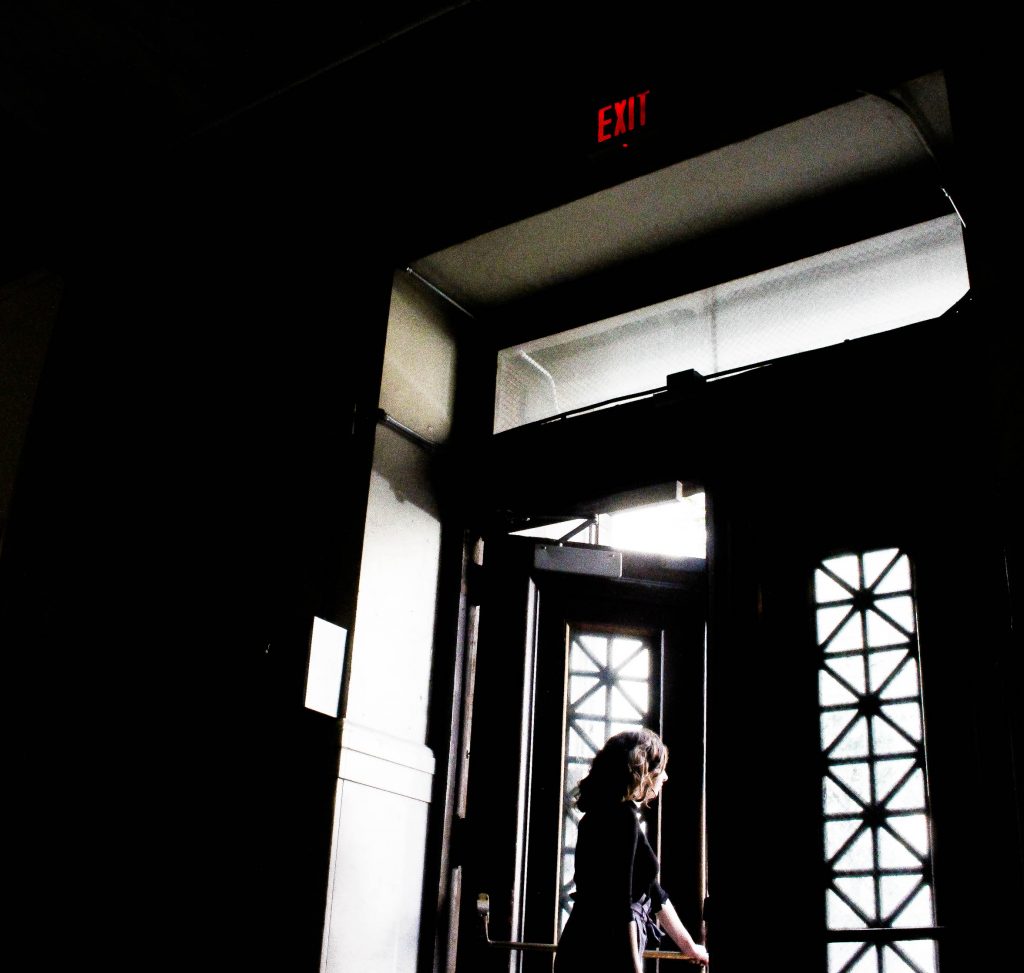
A previous version of this article attributed a quote to Christina Whitt, which belonged to Catherine Khella. The mistake was corrected on November 21, 2019.
Since the day the class of 2020 was accepted to FLC, 25 teachers have left the school. In more than three years, students have had 25 teachers who were new to the school.
Let’s take this back six years: starting from 2013, a total of 39 FLC staff have stepped down from their teaching jobs here— nearly 1 in 7 FLC teachers leaves each year.
After seeing these numbers, it’s only natural to pose the obvious question: why are FLC’s teachers leaving?
Every year, the National Center for Education Statistics (NCES) records that more than 250,000 teachers leave the profession nationally, while 250,000 more shift to different schools. The School District of Philadelphia (SDP) is no stranger to this wave of teacher turnover, which has often left parents and students scrambling for answers, and schools seeking stability. Without question, FLC is a part of this statistic.
Similar to other professions, a teacher’s decision to continue working in their field comes from various contributing factors that are both life and work-related. A major national survey conducted by the NCES in 2018 shows that the teacher retention is influenced by a wide range of issues including personal callings, compensation, challenges with preparation, a lack of administrative support, and unstable working conditions.
Let’s dig a little deeper into that last motive: often times when working conditions are listed as a driving force behind teachers quitting, it alludes to school culture and colleague relationships. While these are valid reasons as to why teachers might leave, those aspects of working conditions should not be the only ones taken into consideration. The physical environment that our educators work in—such as classrooms or offices—are yet another influence behind their decision to stay or leave. What this means is that the building itself may be a problem.
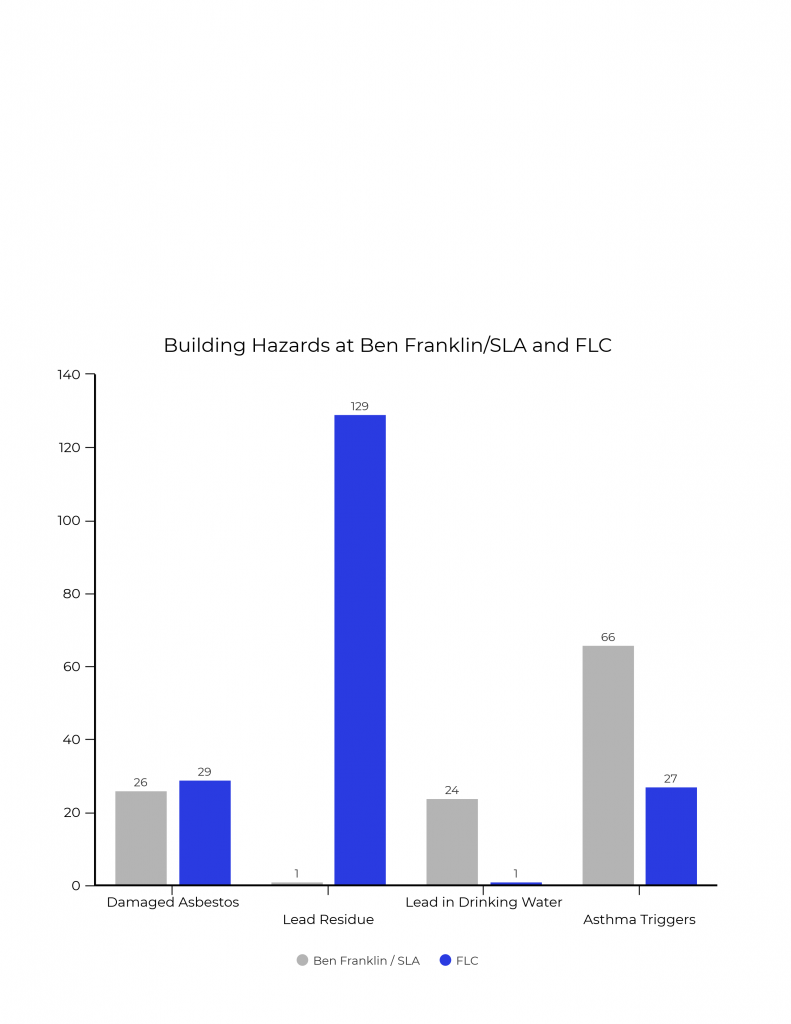
For several years, the conditions in Philadelphia schools have been a pressing concern. The action that needs to be taken against this issue is decades overdue, yet students and staff enter these ancient infrastructures every weekday for 10 consecutive months.
In the beginning of this school year, Benjamin Franklin High School and Science Leadership Academy (SLA) caught the attention of the general public after the students and faculty were forced out of their shared building due to damaged asbestos that was disturbed during building renovations. The overwhelming evidence of this hazard riled up parents, teachers, and students who were concerned the building was posing a major public health risk. As of now, students and staff of both schools have been moved to alternative sites.
From asbestos to lead, this city’s schools are clearly in need of remediation to rid these threats for the sake of students and staff. Our schools are being held together by temporary fixes plastered on what could lead to permanent damage. As one of the oldest school buildings in Philadelphia, FLC has historically been exposed to potential health hazards all around.
When this school was first built in 1909, the asbestos installation took over the manufacturing industry and its popularity kept it soaring until the 1970s. As useful as it was, the downsides to asbestos usage surfaced as workers began developing diseases like lung cancer, asbestosis, mesothelioma, and several other conditions from the exposure.
Although this fibrous material is now prohibited from use since the U.S. Environmental Protection Agency (EPA) implemented a ban in 1989, a 2015-16 study showed damaged asbestos in 80 percent of SDP schools. One of those schools was Franklin Learning Center.
Here at FLC, everyone in the building may very well be subjected to the unfortunate remains of asbestos. Based on the district’s 2015-2016 inspection, the school has materials that can likely devastate students and teachers with health problems linked to asbestos. The findings showed that the materials included anything from lab tables, electrical panels, and pipe insulation.
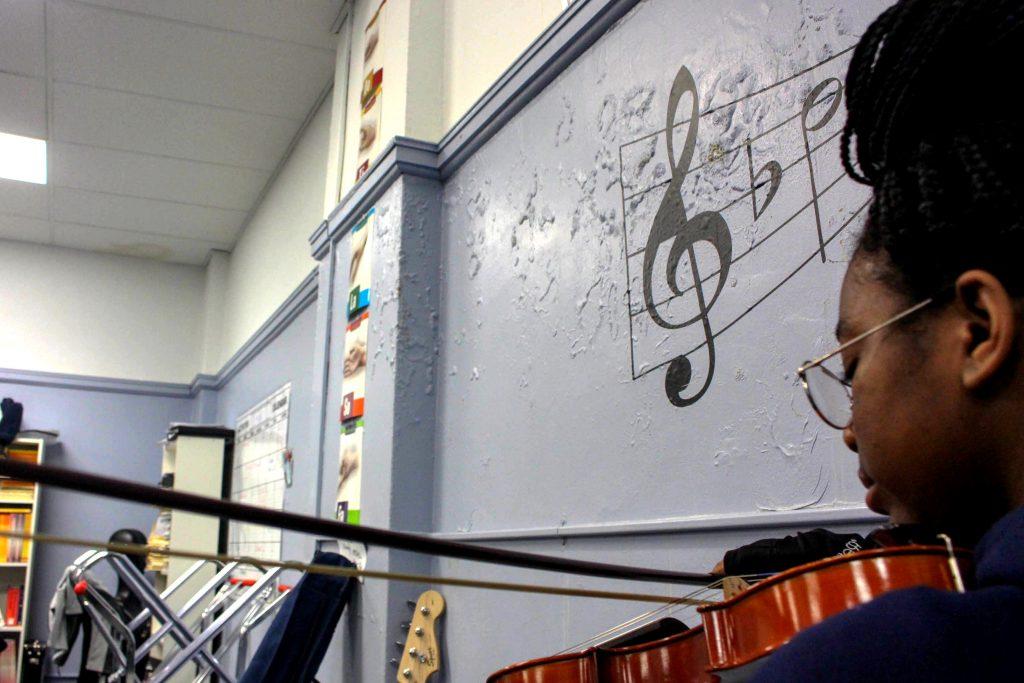
Regulations set by the EPA require that schools be inspected for asbestos on an annual basis. If damaged asbestos is found, the schools must eliminate or reduce exposure risk by removing the asbestos or covering it up so that it cannot get into the air. Over the years, the SDP has periodically removed asbestos from FLC and other schools, but their visits have only showed slow progress on an urgent matter.
The Flash FLC requested an updated report from school administration detailing efforts to remediate building hazards including asbestos, lead paint, and lead contamination in the water. 440 did not respond to our request for an interview.
According to paperwork provided by Principal Nicole Lee, no remediation efforts have been made since the original report.
It doesn’t get any better with the fight against lead, either.
Exposure to lead can have serious consequences for the health of adults and children. In adults, lead poisoning can result in risk of high blood pressure and kidney damage. For pregnant women, it reduces the fetus’ growth and can possibly lead to premature birth. Even if small amounts of lead are consumed or inhaled, lead poisoning will eventually occur when the build-up in the body peaks. Once inside the body, there is not one function or system that lead will not essentially target. It’ll move onto soft tissues like the liver and lungs, will recirculate in the person’s blood, and even alter how signals are passed within the brain.
However, lead-based paint does not present a health hazard as long as the paint is not chipping, flaking, crushed or sanded into dust. Unfortunately, FLC has all of the above.
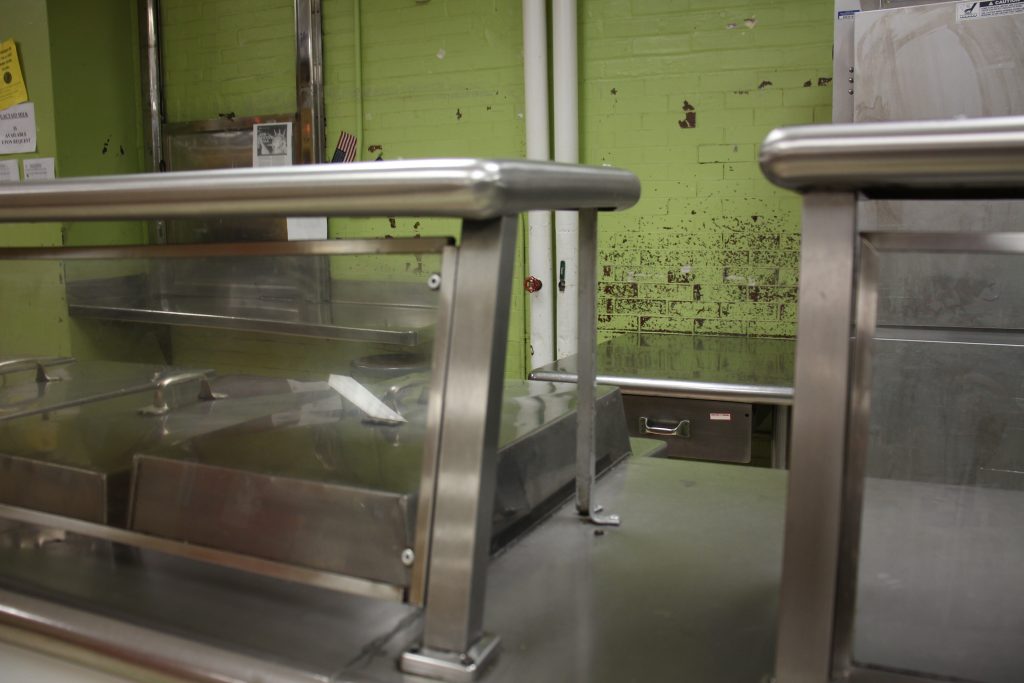
Compared to the reports for lead in the area’s schools, FLC stands alone in numbers. While Parkway Center City has 16 reports, Masterman has 13, and Ben Franklin has just 1, this school has a whopping 129 findings for flaking or otherwise damaged lead paint according to the district-wide maintenance reports in 2017. Some areas have been addressed in the past two years by district paint crews, but students and teachers are still walking by and into rooms full of flaking paint and damaged plaster five days a week.
Last, but definitely not least, the issue with mold is the icing on the cake. Mold is a type of fungus present almost everywhere, including the air. Normal amounts of mold in the environment do not pose a substantial health risk to healthy people with regular immune system function. However, there are people that are more sensitive to the effects of mold. Considering their time spent inside the building, teachers are more likely to become exposed to mold through skin contact, food, and inhalation. For the percentage of them who are sensitive to mold, inhaling or touching mold spores can cause allergic reactions including sneezing, runny nose, red eyes, and skin rash. Breathing in spores can also cause asthma attacks for those with respiratory issues.
Former biology teacher Catherine Khella explains that although she didn’t have any personal health conditions related to the building, she did experience an incident of her own.
“I had an allergic reaction to something in the classroom space,” Khella recalled. “My throat closed up after school hours.”
Khella also went on to explain that while the buildings conditions were not the main reason that some teachers left, they were a cause for concern for their safety while at work.
FLC art teacher Christina Whitt agreed, saying, “I think that there are a number of teachers who’ve already left who left for other reasons as well, but I’m sure [the building conditions] played a role. I think that there are a lot of teachers currently who are definitely questioning whether they want to stay here anymore. I know that there are a lot of people [who] are questioning, should I stay here? Is this really worth my health? Is this really worth the aggravation?”
A teaching profession comes with toppling pressure as it is, especially since teachers have a hand in shaping a child’s future through his or her education. It’s not an easy task to wake up every morning to prepare lessons and stand in front of a class of 30, repeating the same lessons two or more times throughout the day. Why add more to their plate with hazards that could jeopardize their health and career?
Schools often stress the idea of making schools a safe haven for children to learn in and be the best version of themselves. But a school that is toxic to teachers is toxic to students, too.
There is no point in preaching this principle if teachers are excluded from it. Do your children deserve to come home and tell you that another one of their teachers left? Do your colleagues deserve to risk their health trying to educate your students, too? Do we deserve a school that makes our teachers sick?
Our teachers’ need to be heard is yet another issue that hasn’t been tackled. The issues present in this school aren’t something a teacher takes a quick glance at and then proceeds with their day. Several teachers have reported the concerning conditions they’ve been assigned to work in, but despite their efforts to notify the maintenance crew, hardly anyone answers their concerns in a timely and appropriate manner.
Kim Musallam, a world history and social science teacher, expressed that the negligence and patch-up jobs just aren’t cutting it. To her, FLC needs and deserves much more.
“I would like the school to be tested,” Musallam stated, “and I would like for people that are certified to come in and remove the things that aren’t supposed to be here. If we have asbestos, it needs to be removed properly. If there’s lead paint, it can’t just be painted over. It has to be removed properly.”
A teacher’s job is to teach. That’s the baseline on which they were hired. Nowhere in the qualifications does it mention having to take building matters into their own hands and patch up the flaking paint in their classroom or cover a heater that emits dust onto the desks and tables.
If teachers are unable to work with the toxic space they’re given, then that’s not just a personal issue—it becomes everyone’s issue.
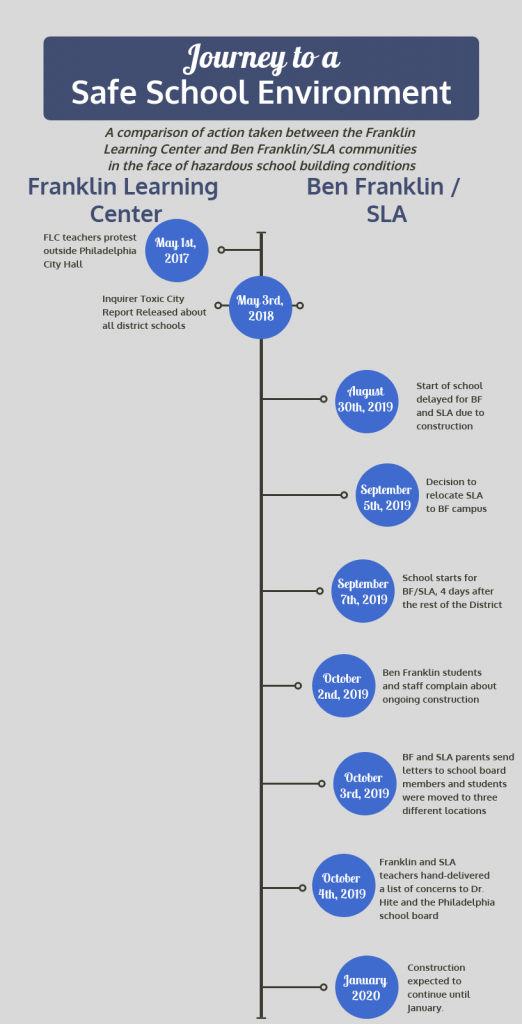
Khella has also reported issues in her classroom. One in particular was of a “six foot by four foot patch of mold behind a really old machine” in her classroom. But even after she told the school, it took time for them to inspect the problem. Not only that, but when they came to “fix it”, they just painted over the issue and went on about their day.
Additionally, other teachers also share the worry about the school’s conditions. Hee Young Yim, another art teacher at FLC, has reported many building issues to the school district. She admits that progress has been slow, but it can be sped up with the help of parents and guardians.
Yim notes the power and necessity of parents’ voices.
“Parents should know what condition our building is in because their children are in it all day for several years,” she said.
Yim has also said that if the school does not make changes soon, she will consider leaving FLC. She expressed that leaving is against her personal feelings towards the school, but she stressed that she’ll put her safety first like others before her have done.
Parents: the teachers of FLC need your help. The voices of FLC’s parents are needed to protect our teachers. We need your help to make their voices heard. We need your help so our teachers can stay.
Students: we need your help, too. We need your help to inform your parents about what’s happening. We need the school district to listen to our teachers’ complaints.
The reports need to be publicized. Teachers and staff need to be notified. Teachers complaints need to be heard, not ignored.
The students of FLC are tired of their teachers leaving. The teachers are tired of being ignored. The teachers are tired of putting their health at risk just to do their jobs.

In order to put a stop to this issue, parents can raise awareness and advocate for the teachers at FLC. Students can get their parents involved to help create a bigger voice. Teachers can press the school district to make changes to the problems that FLC faces.
If a teacher’s job is to teach, you would assume that they’ll get the best conditions to work in. This is a utopia far from what most of FLC teachers are experiencing.
Principal Nicole Lee advised people to advocate for what they believe in.
“Do I think that conditions sometimes worry people? I absolutely believe that. What I also believe is that their voices coming out more and more about this is pressing the school district to do more,” said Lee. “Students, parents, everybody—everybody—needs to press on the city, the state, and the school district to deal with this issue in the school.”

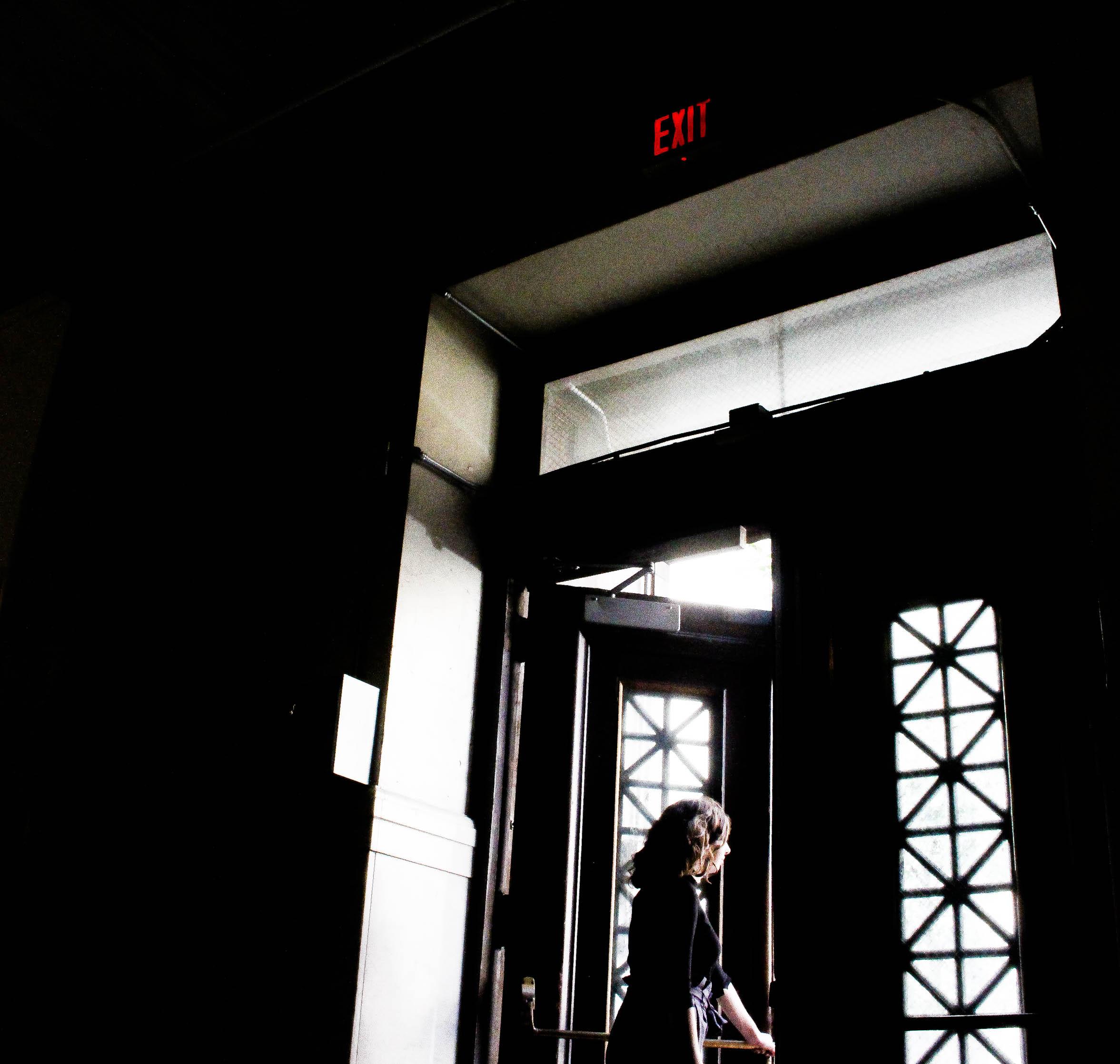



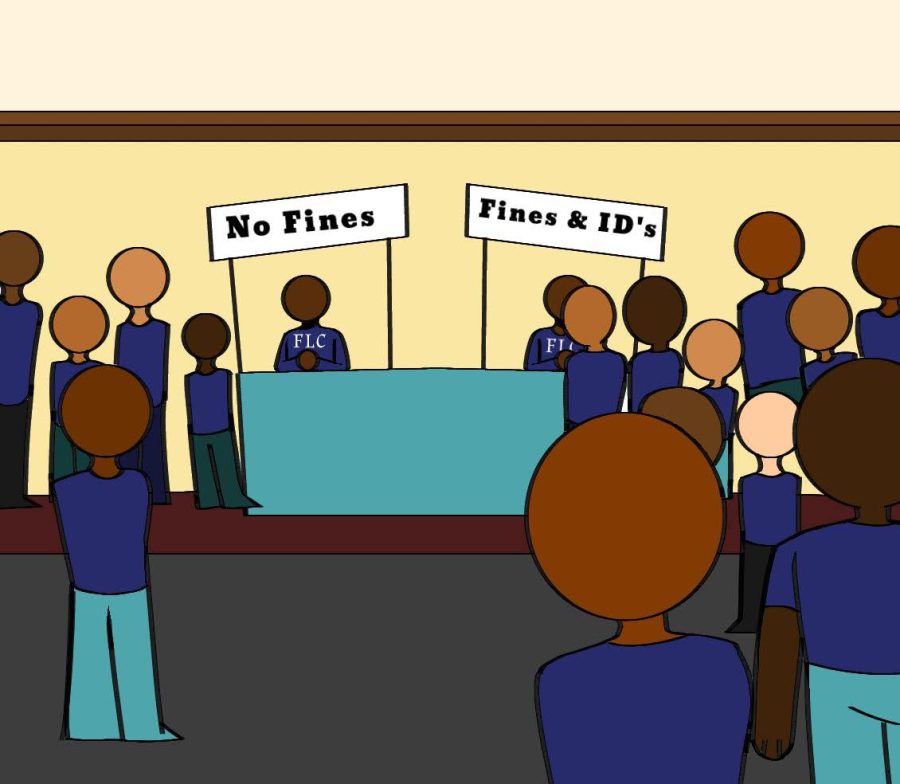
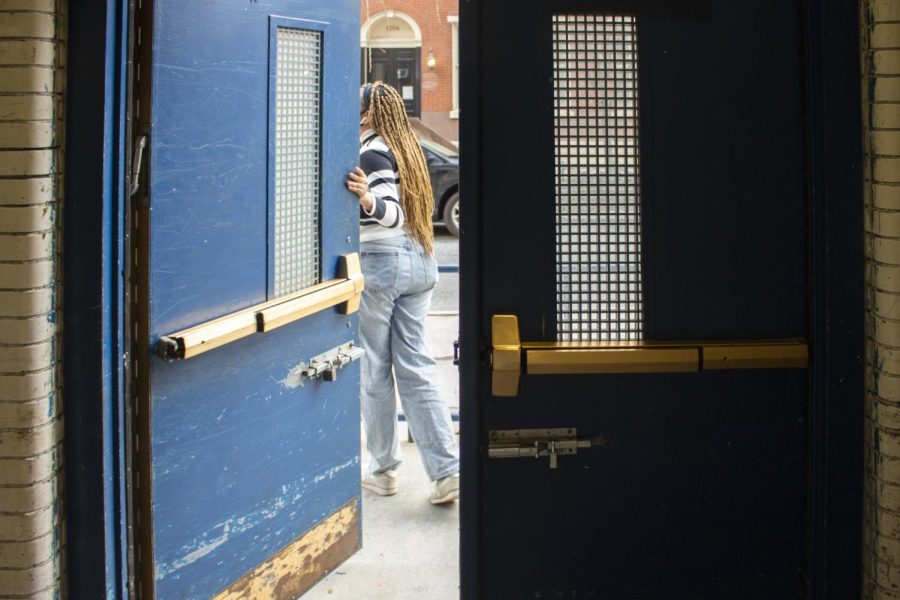
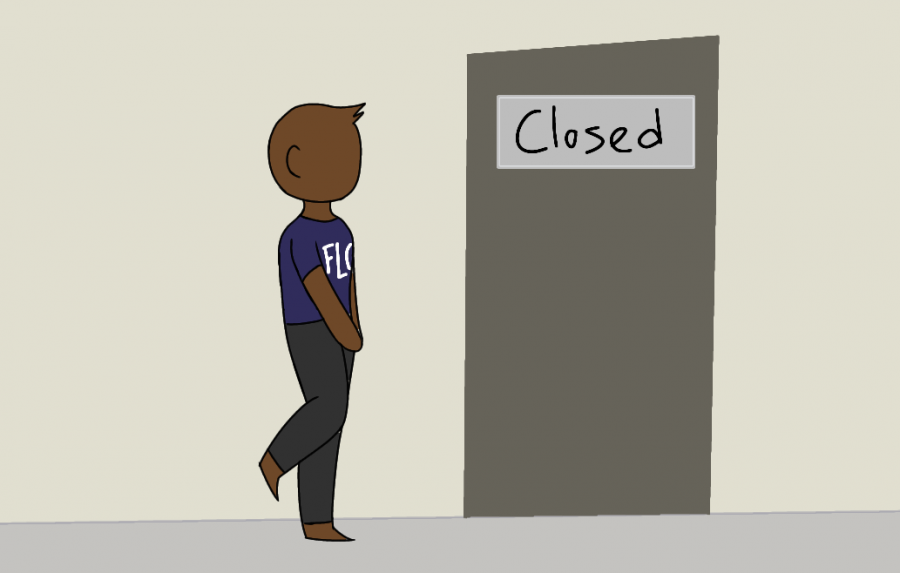





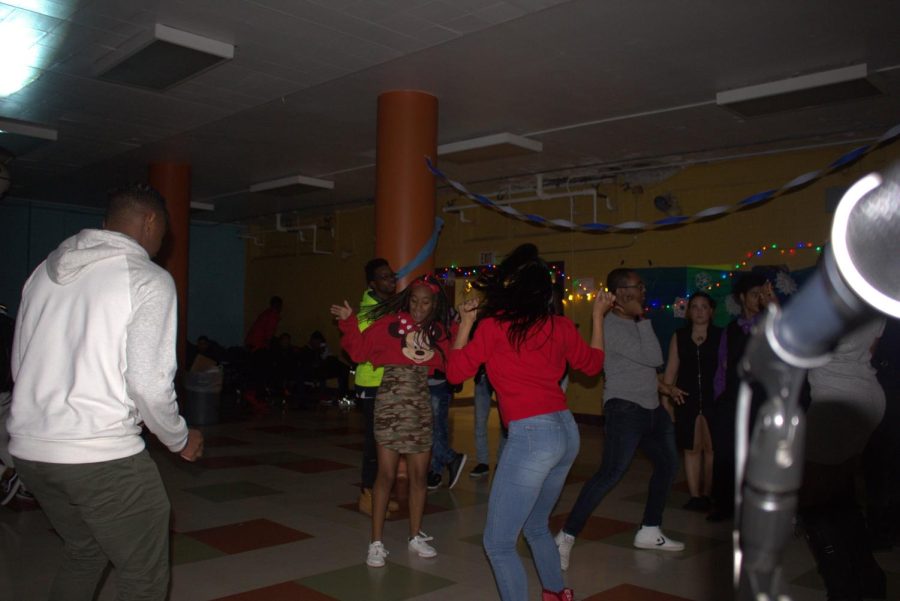
Iyanna Curry • Nov 23, 2019 at 4:12 pm
Our school is way worse than Ben Franklin but I don’t think it’s that the school district isn’t caring I think to get them to actually do something we have to show we care more & get our parents involved more. More students & parents have to start making their complaints towards the school district not Ms Lee.
Chris S. Mochi;) • Nov 23, 2019 at 3:04 am
This school is falling apart and the school district isn’t even caring for it. I could understand the reason why the teachers are leaving due to the old condition of the school. I’m also sick of the heat they are pumping throughout the classrooms, not only it isn’t filtered, but we are sweating to death every single day.
Autumn • Nov 18, 2019 at 6:15 pm
In period 4-5 Mr. Kelly said he was leaving as well. He said the reasoning was because of the Led paint in the gymnasium and in some of the vents. He said when u sit on the floor and sit your backpack on the floor Led paint can get on it. He also said he has children and the Led paint can get to them as well as him. He took it to the School District and they gave him bad advice, to just wash our hands after. I think FLC has a ton of difficulties and the School District doesn’t take them seriously.
George • Nov 16, 2019 at 11:05 pm
I definitely believe that there are environmental issues that were never resolved when there was construction on the 1st floor and on the 3rd floor in 2011ish. A teacher had brain cancer, a teacher has lost hearing as well as other complications, a teacher had a miscarriage, a teacher was out with breathing issues for several weeks, a teacher has cancer…. it is just too coincidental. Go back an look at the records of teacher complaints and administration brushing it aside!
Brittney Millman • Nov 16, 2019 at 3:30 pm
It’s really sad to see some of my former and some of the new teachers leaving I graduated in 2016 they need to do something kids can’t learn of they don’t have a stedy teacher throughout the year I know I could not with the substitute teachers don’t do anything the condition well I can’t speak on that and for them treating the different majors different that needs to change as well
Felisha Anderson • Nov 16, 2019 at 11:43 am
As an former FLCer that graduated, I am in disbelief that the teachers are leaving the school. I don’t know anything about the conditions concerning the school but I’m shocked to learn of this because when I went there and graduated none of this was going down. I truly loved those teachers and had some amazing bonds with them. Just all so sad to hear about these conditions within the school.
Concerned Parent • Nov 15, 2019 at 8:49 pm
It is also known that members of administration treat students in certain programs differently. There is a “caste” system that is obvious even to students.
John Garcia • Nov 15, 2019 at 8:48 pm
To hear that so many teachers are leaving FLC sucks. I don’t know much of the current condition of the school but it doesn’t seem to have gotten any better than it was when I graduated. I truly enjoyed the time spent with the teachers, even at stressful times. Sad to see the school following this direction.
John • Nov 15, 2019 at 8:04 pm
Teachers are leaving FLC because of the extreme incompetency of the administration. Two consecutive horrible principals that have had a significant impact on the school.